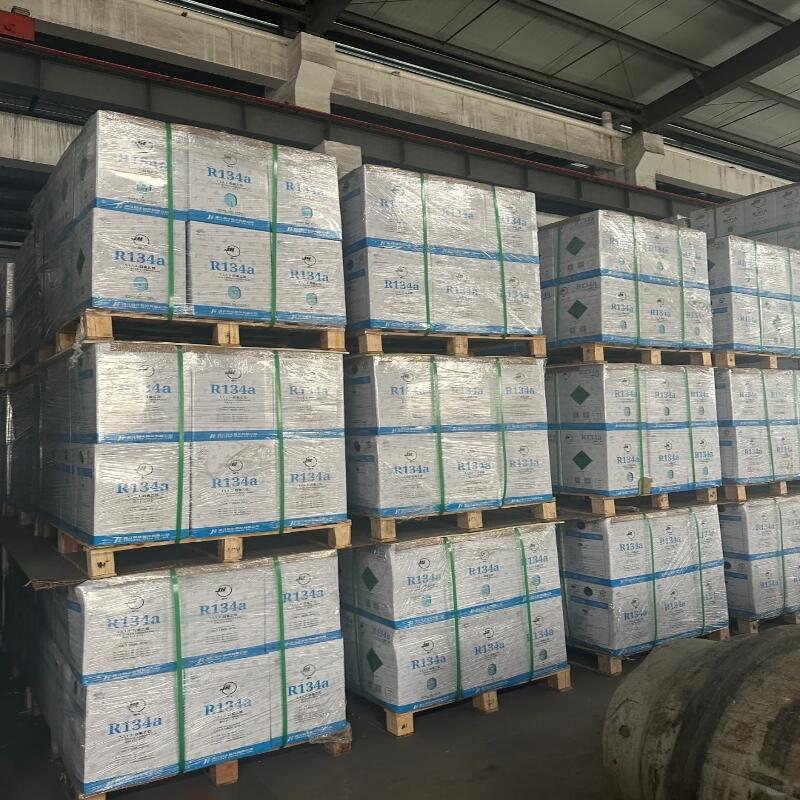-
Categories
-
Pharmaceutical Intermediates
-
Active Pharmaceutical Ingredients
-
Food Additives
- Industrial Coatings
- Agrochemicals
- Dyes and Pigments
- Surfactant
- Flavors and Fragrances
- Chemical Reagents
- Catalyst and Auxiliary
- Natural Products
- Inorganic Chemistry
-
Organic Chemistry
-
Biochemical Engineering
- Analytical Chemistry
-
Cosmetic Ingredient
- Water Treatment Chemical
-
Pharmaceutical Intermediates
Promotion
ECHEMI Mall
Wholesale
Weekly Price
Exhibition
News
-
Trade Service
In the chemical industry, the safety of bentonite is an important consideration in the production and use of this versatile clay-based material.
Bentonite is a naturally occurring clay, composed of montmorillonite and other mineral components.
It is mined from deposits around the world and is widely used in a variety of applications, including drilling fluids, sealants, and adhesives.
In this article, we will explore the safety considerations and risks associated with the use of bentonite in the chemical industry.
One of the primary safety concerns with bentonite is its potential to cause respiratory irritation.
When inhaled, the fine powder of bentonite can irritate the respiratory system, causing coughing, chest pain, and difficulty breathing.
This can be especially problematic for workers who are exposed to the dust on a regular basis, such as those involved in the mining, processing, and handling of bentonite.
To mitigate this risk, workers in these areas should wear appropriate protective equipment, including respirators and dust masks.
In addition to respiratory irritation, bentonite has also been known to cause skin irritation.
The clay-like consistency of bentonite can cause dryness and itching on the skin, and in some cases, can lead to dermatitis or other skin conditions.
Again, workers who are regularly exposed to bentonite should take precautions to protect their skin, including wearing gloves and avoiding prolonged contact with the material.
Another safety consideration with bentonite is its potential to cause eye irritation.
If the dust or clay enters the eyes, it can cause redness, tearing, and discomfort.
In some cases, it can also lead to more serious eye injuries, such as corneal abrasions or ulcers.
To prevent eye irritation, workers should wear eye protection, such as goggles or safety glasses, when working with bentonite.
In addition to these specific health concerns, it is important to consider the more general risks associated with the use of bentonite in the chemical industry.
As with any material, there is always the potential for accidents or spills that could result in injury or harm to workers or the surrounding environment.
To mitigate these risks, companies that work with bentonite should have appropriate safety protocols in place, including emergency response plans and training for workers on how to handle the material safely.
In terms of environmental safety, bentonite is generally considered to be a low-risk material.
It does not typically pose a threat to wildlife or the natural environment, and it is unlikely to leach harmful chemicals into the soil or groundwater.
However, it is important to ensure that any waste bentonite is properly disposed of, in order to prevent contamination of soil or water resources.
In conclusion, the safety of bentonite is an important consideration in the chemical industry, and it is important to take appropriate precautions to protect the health and safety of workers and the environment.
By understanding the potential risks associated with the use of bentonite and taking appropriate measures to mitigate these risks, companies can ensure a safe and productive work environment.





